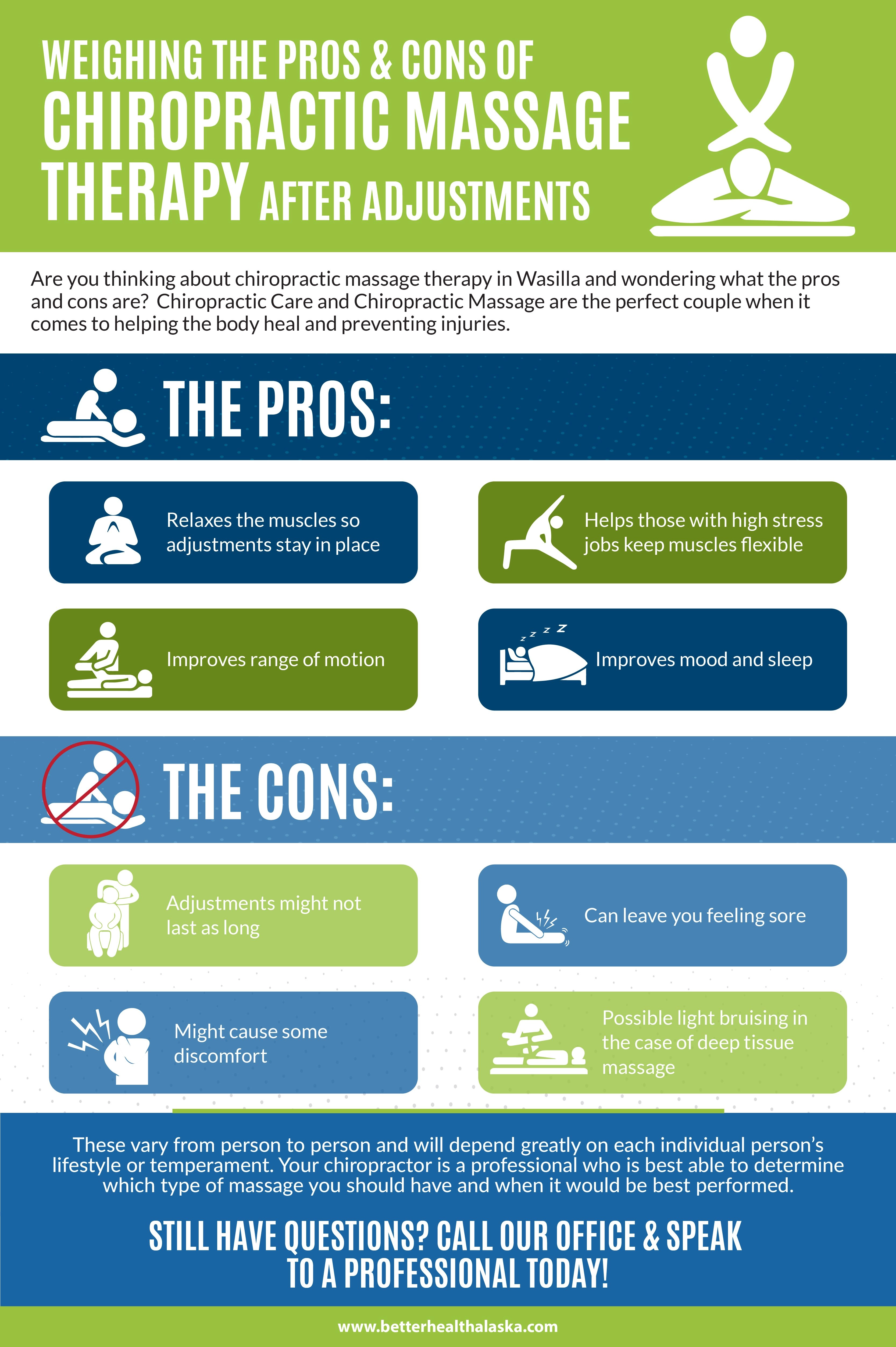Typical Day-To-Day Habits That Trigger Pain In The Back And Tips For Staying Clear Of Them
Typical Day-To-Day Habits That Trigger Pain In The Back And Tips For Staying Clear Of Them
Blog Article
Authored By-Snyder Harper
Keeping appropriate stance and avoiding usual risks in day-to-day tasks can substantially impact your back health and wellness. From exactly how you sit at your workdesk to how you lift heavy things, tiny changes can make a huge difference. Envision a day without the nagging back pain that impedes your every relocation; the remedy could be easier than you assume. By making a couple of tweaks to your day-to-day practices, you could be on your method to a pain-free existence.
Poor Position and Sedentary Lifestyle
Poor stance and a less active way of living are two major contributors to neck and back pain. When you slouch or hunch over while sitting or standing, you put unnecessary pressure on your back muscle mass and spinal column. visit here can bring about muscle mass inequalities, tension, and at some point, persistent neck and back pain. Furthermore, sitting for long periods without breaks or exercise can compromise your back muscle mass and result in tightness and pain.
To deal with chiropractor for pregnancy , make a conscious effort to sit and stand directly with your shoulders back and lined up with your ears. Bear in mind to maintain your feet level on the ground and stay clear of crossing your legs for extended durations.
Including routine stretching and reinforcing workouts right into your day-to-day regimen can likewise aid enhance your stance and ease back pain associated with a sedentary way of life.
Incorrect Lifting Techniques
Improper lifting strategies can significantly contribute to neck and back pain and injuries. When you lift hefty things, bear in mind to flex your knees and utilize your legs to lift, instead of depending on your back muscular tissues. Prevent twisting your body while lifting and maintain the item close to your body to lower strain on your back. It's crucial to keep a straight back and stay clear of rounding your shoulders while raising to prevent unnecessary stress on your spine.
Always assess the weight of the object before lifting it. If it's too heavy, request for help or use devices like a dolly or cart to move it safely.
Remember to take breaks during raising tasks to provide your back muscles an opportunity to rest and protect against overexertion. By implementing correct lifting strategies, you can avoid neck and back pain and reduce the risk of injuries, ensuring your back remains healthy and strong for the long-term.
Absence of Routine Exercise and Stretching
A sedentary lifestyle lacking regular workout and extending can substantially add to neck and back pain and pain. When you do not take part in exercise, your muscles come to be weak and stringent, causing bad position and raised stress on your back. Routine workout helps strengthen the muscular tissues that sustain your back, improving security and decreasing the risk of neck and back pain. Including stretching right into your regimen can likewise enhance flexibility, protecting against tightness and discomfort in your back muscles.
To stay clear of neck and back pain triggered by an absence of exercise and extending, go for a minimum of 30 minutes of modest physical activity most days of the week. Consist of workouts that target your core muscles, as a strong core can assist minimize pressure on your back.
Furthermore, take breaks to stretch and move throughout the day, particularly if you have a desk work. Easy stretches like touching your toes or doing shoulder rolls can help ease stress and protect against neck and back pain. Prioritizing normal workout and extending can go a long way in maintaining a healthy and balanced back and lowering pain.
Read A lot more , remember to sit up right, lift with your legs, and stay active to stop pain in the back. By making straightforward adjustments to your everyday routines, you can prevent the pain and limitations that come with back pain. Deal with your spinal column and muscular tissues by practicing great position, correct training strategies, and routine exercise. Your back will certainly thank you for it!
